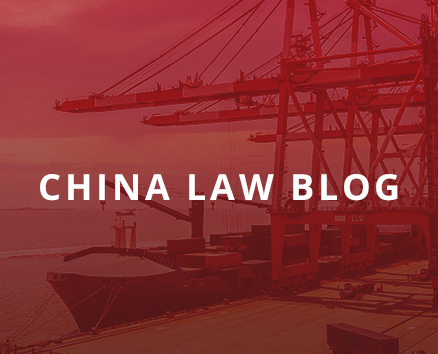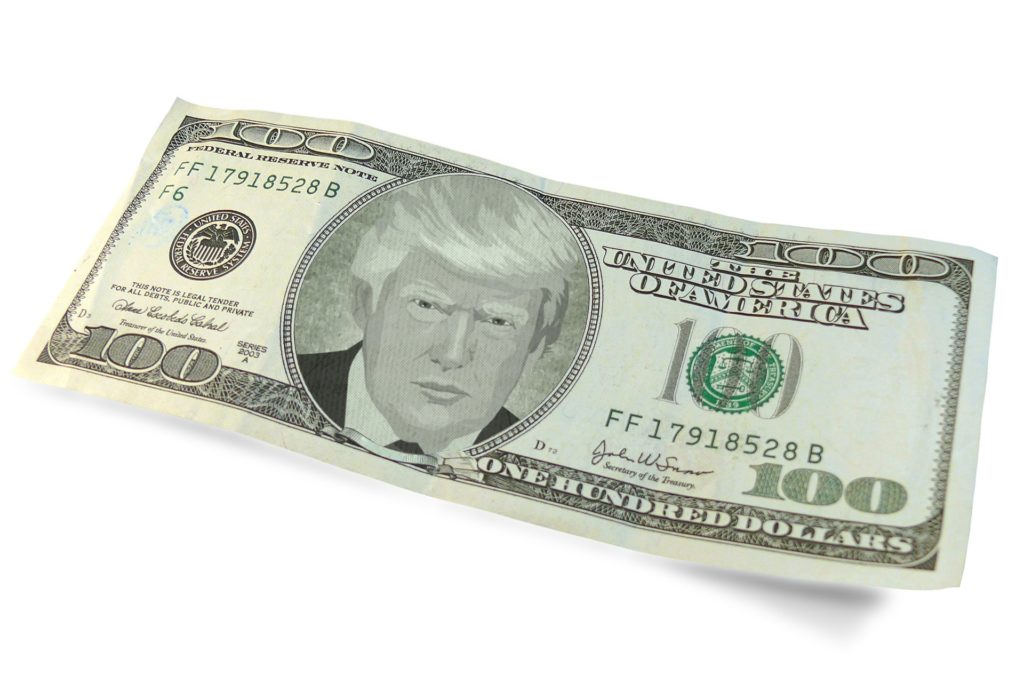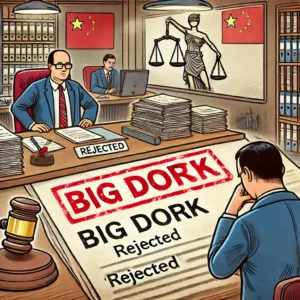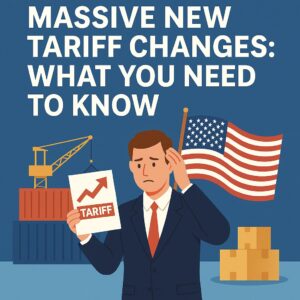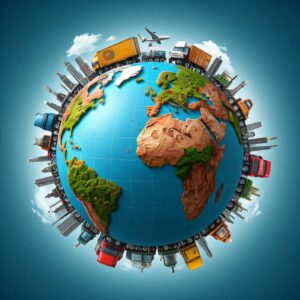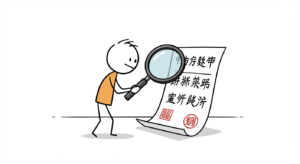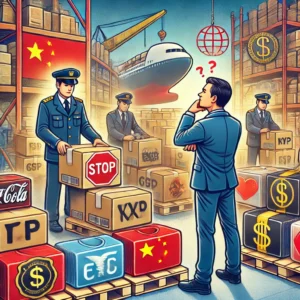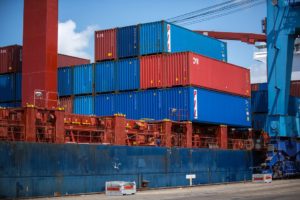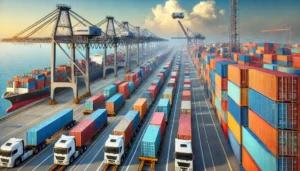New United States Tariffs
President Trump just announced a sweeping set of new tariffs, including a ten percent baseline tariff on nearly all imports entering the United States. This blanket tariff is both a protective measure and a strategic tool to pressure foreign nations into lowering their tariffs on American goods.
The United States will also impose reciprocal tariffs on various countries. The first number represents the tariffs these countries currently impose on the U.S. The second number indicates the tariffs the U.S. will impose on them, effective beginning on April 5, 2025, at 12:01 a.m. Eastern Time.
Countries and Tariffs (Alphabetical Order)
- Afghanistan 49-10
- Albania 10-10
- Algeria 59-30
- Andorra 10-10
- Angola 63-32
- Anguilla 10-10
- Antigua and Barbuda 10-10
- Argentina 10-10
- Armenia 10-10
- Aruba 10-10
- Australia 10-10
- Azerbaijan 10-10
- Bahamas 10-10
- Bahrain 10-10
- Bangladesh 74-37
- Barbados 10-10
- Belize 10-10
- Benin 10-10
- Bermuda 10-10
- Bhutan 10-10
- Bolivia 20-10
- Bosnia and Herzegovina 70-35
- Botswana 74-37
- Brazil 10-10
- British Indian Ocean Territory 10-10
- British Virgin Islands 10-10
- Brunei 47-24
- Burundi 10-10
- Cabo Verde 10-10
- Cambodia 97-49
- Cameroon 22-11
- Cayman Islands 10-10
- Central African Republic 10-10
- Chad 26-13
- Chile 10-10
- China 67-34
- Christmas Island 10-10
- Cocos (Keeling) Islands 10-10
- Colombia 10-10
- Comoros 10-10
- Cook Islands 10-10
- Costa Rica 17-10
- Côte d’Ivoire 41-21
- Curaçao 10-10
- Democratic Republic of the Congo 22-11
- Djibouti 10-10
- Dominica 10-10
- Dominican Republic 10-10
- Ecuador 10-10
- Egypt 10-10
- El Salvador 10-10
- Equatorial Guinea 25-13
- Eritrea 10-10
- Eswatini (Swaziland) 10-10
- Ethiopia 10-10
- European Union 39-20
- Falkland Islands 82-41
- Fiji 63-32
- French Guiana 10-10
- French Polynesia 10-10
- Gabon 10-10
- Gambia 10-10
- Georgia 10-10
- Ghana 17-10
- Gibraltar 10-10
- Grenada 10-10
- Guadeloupe 10-10
- Guatemala 10-10
- Guinea 10-10
- Guinea-Bissau 10-10
- Guyana 76-38
- Haiti 10-10
- Heard and McDonald Islands 10-10
- Honduras 10-10
- Iceland 10-10
- India 46-24
- Indonesia 64-32
- Iran 10-10
- Iraq 78-39
- Israel 33-17
- Jamaica 10-10
- Japan 46-24
- Jordan 40-20
- Kazakhstan 54-27
- Kenya 10-10
- Kiribati 10-10
- Kosovo 10-10
- Kuwait 10-10
- Kyrgyzstan 10-10
- Laos 95-48
- Lebanon 10-10
- Lesotho 99-50
- Liberia 10-10
- Libya 61-31
- Liechtenstein 73-37
- Madagascar 93-47
- Malawi 34-17
- Malaysia 47-24
- Maldives 10-10
- Mali 10-10
- Marshall Islands 10-10
- Martinique 10-10
- Mauritania 10-10
- Mauritius 80-40
- Mayotte 10-10
- Micronesia 10-10
- Moldova 61-31
- Monaco 10-10
- Mongolia 10-10
- Montenegro 10-10
- Montserrat 26-13
- Morocco 10-10
- Mozambique 31-16
- Myanmar (Burma) 88-44
- Namibia 42-21
- Nauru 59-30
- Nepal 10-10
- New Zealand 20-10
- Nicaragua 36-18
- Niger 10-10
- Nigeria 27-14
- Norfolk Island 58-29
- North Macedonia 65-33
- Norway 30-15
- Oman 10-10
- Pakistan 58-29
- Panama 10-10
- Papua New Guinea 15-10
- Paraguay 10-10
- Peru 10-10
- Philippines 34-17
- Qatar 10-10
- Republic of the Congo 10-10
- Reunion 73-37
- Rwanda 10-10
- Saint Helena 15-10
- Saint Kitts and Nevis 10-10
- Saint Lucia 10-10
- Saint Pierre and Miquelon 99-50
- Saint Vincent and the Grenadines 10-10
- Samoa 10-10
- San Marino 10-10
- São Tomé and Príncipe 10-10
- Saudi Arabia 10-10
- Senegal 10-10
- Serbia 74-37
- Sierra Leone 10-10
- Singapore 10-10
- Sint Maarten 10-10
- Solomon Islands 10-10
- South Africa 60-30
- South Korea 50-25
- South Sudan 10-10
- Sri Lanka 88-44
- Sudan 10-10
- Suriname 10-10
- Svalbard and Jan Mayen 10-10
- Switzerland 61-31
- Syria 81-41
- Taiwan 64-32
- Tajikistan 10-10
- Tanzania 10-10
- Thailand 72-36
- Timor-Leste 10-10
- Togo 10-10
- Tokelau 10-10
- Tonga 10-10
- Trinidad and Tobago 12-10
- Tunisia 55-28
- Turkey 10-10
- Turkmenistan 10-10
- Turks and Caicos Islands 10-10
- Tuvalu 10-10
- Uganda 20-10
- Ukraine 10-10
- United Arab Emirates 10-10
- United Kingdom 10-10
- Uruguay 10-10
- Uzbekistan 10-10
- Vanuatu 44-22
- Venezuela 29-15
- Vietnam 90-46
- Yemen 10-10
- Zambia 33-17
- Zimbabwe 35-18
The baseline 10 percent tariff will take effect on April 5 at 12:01 a.m. Eastern Time. The reciprocal tariffs are scheduled to begin on April 9 at 12:01 a.m. Eastern Time.
I assume that a 10 percent tariff for all countries subject to this rate will go live at the same time as the reciprocal tariffs, but this is not yet completely clear.
The ten percent baseline tariff marks a dramatic shift in U.S. trade policy. It aims to protect American industries while creating leverage for future negotiations. Many countries will likely lower their tariffs to avoid prolonged economic strain, prompting the United States to reduce its tariffs accordingly.
The numbers above were taken from a board President Trump displayed during his announcement. Additional countries may have been listed that weren’t clearly visible.
Notable Absences–Mexico and Canada.
Mexico’s absence was particularly striking. Aside from referencing the twenty-five percent tariffs on autos and auto parts set to take effect at midnight, Trump made no mention of Mexico by name.
Since Trump’s election, I’ve consistently predicted that no specific tariffs would be imposed against Mexico. According to sources in both Mexico and Washington, the U.S. will continue to avoid direct tariffs against Mexico. Instead, Mexico is expected to impose the same tariffs against China that the U.S. has enacted. The goal? Prevent Chinese goods from entering the U.S. through Mexico’s back door.
UPDATE: April 2, 2025, 6:08 p.m. ET. Neither Mexico nor Canada appeared on the tariff list and I have been getting news about both since the tariff announcement. I am heaing that both Mexico and Canada will eliminate all of their tariffs against U.S. products in return for the United States doing likewise. It has subsequently become clear thatProducts from Mexico and Canada that comply with the USMCA will continue to be exempt from tariffs.
If you want to get an overall sense for what is happening with tariffs, watch the United States stock market. My guess is that the market will go up when tariffs get eliminated, and go down when tariffs look like they are here to stay.
Predictions and Analysis
-
Countries Likely to Reduce Tariffs Quickly and Substantially: Vietnam, Cambodia, Bangladesh, Thailand, and Taiwan are expected to scramble to lower their rates.
-
Countries Likely to Resist: Japan and South Korea have maintained high tariffs for decades. Quick changes are unlikely.
-
Winners and Losers: Countries with streamlined trade relations, like Australia, are expected to benefit. Australia is an easy country to do business with and produces far more than most people realize. My firm has had an Australian lawyer for over a decade, and we expect these developments to boost our already successful Australia practice.
Latin American countries like Brazil, Colombia, and Mexico are also likely to benefit, especially if they position themselves as alternatives to China.
The Stakes Are High
This sweeping move is intended to force countries to lower their tariffs on American goods or face serious economic consequences. But it’s clear this announcement is only the opening act in a broader, high-stakes negotiation.
I’ve already heard from clients panicking over tariffs from Vietnam and Cambodia, while others feel vindicated by their decision to manufacture in Mexico and Peru. Some companies got incredibly lucky. Others are suddenly in deep trouble.
What Comes Next
Every company with international supply chains needs to assess how these tariffs will impact them. Some will find themselves backed into a corner, while others—like my client with operations in Mexico and Peru—will realize they’ve just gained a massive advantage.
The winners will be those who move fast, adapt, and find ways to protect their profit margins. The losers will be those who hesitate or underestimate the impact of these changes.
Now is the time to reevaluate your supply chains, diversify your manufacturing sources, and, most importantly, protect yourself against the unexpected. This is not a time for complacency. For practical options to reduce or eliminate these tariffs, I urge you to read THE Guide for LEGALLY Avoiding Today’s and Tomorrow’s U.S. Tariffs, published last week.
UPDATE: April 2, 2025, 7:28 p.m. ET. Products covered by Section 232 tariff (autos, steel, aluminum, copper, and lumber) will be excluded from today’s announced tariffs.




